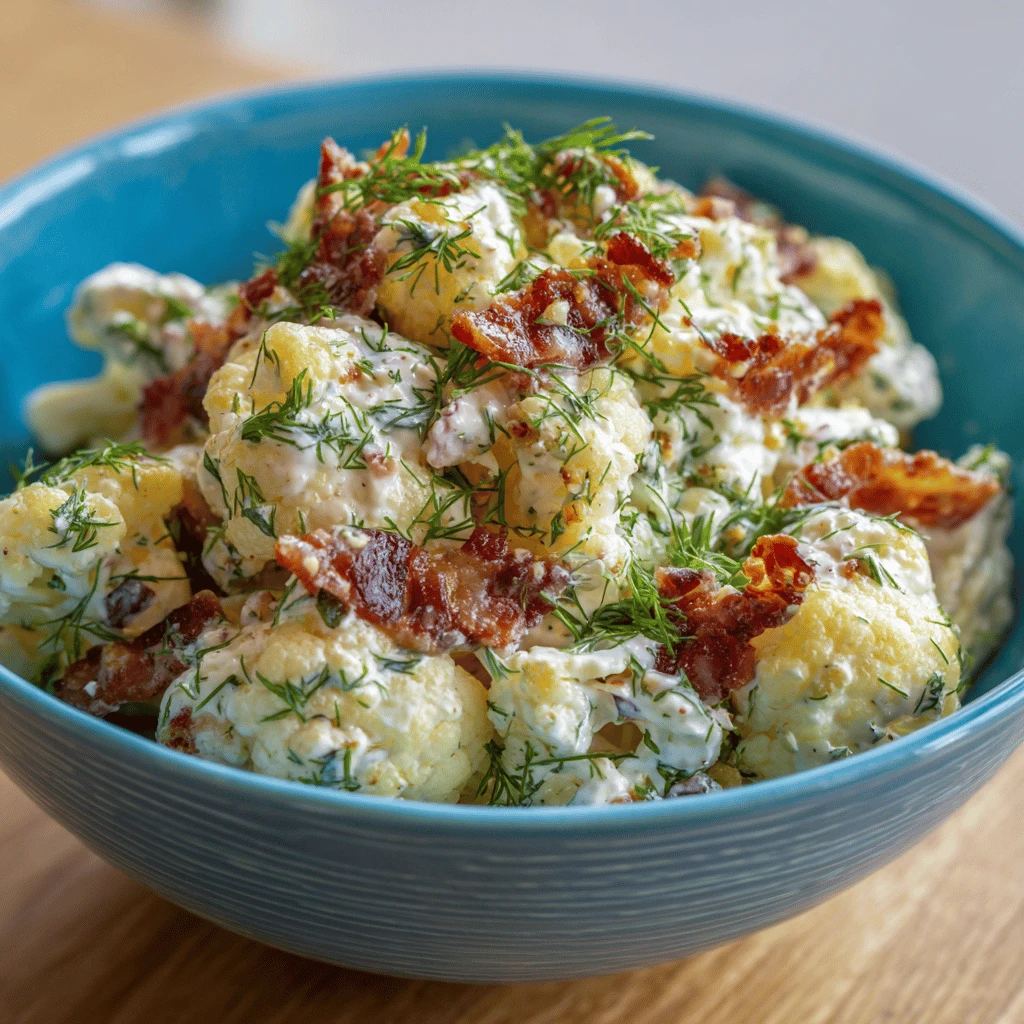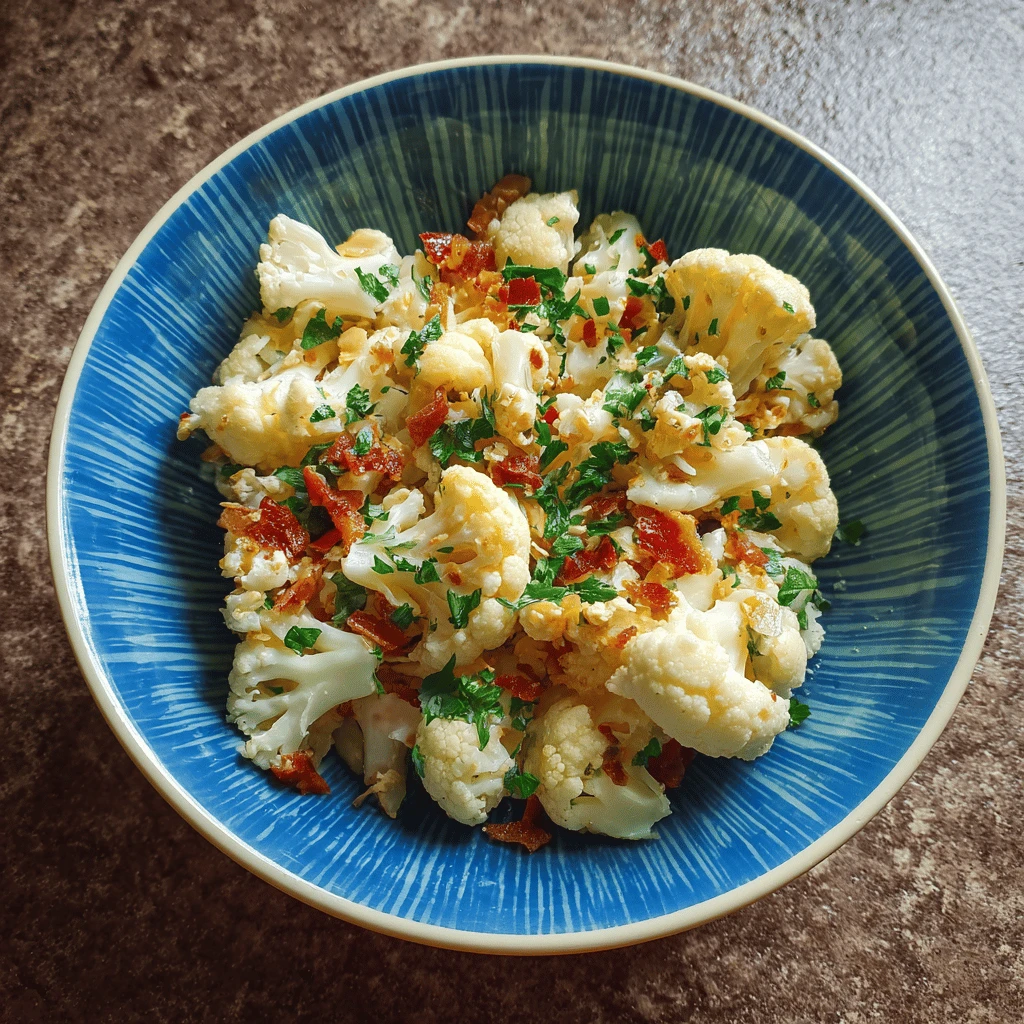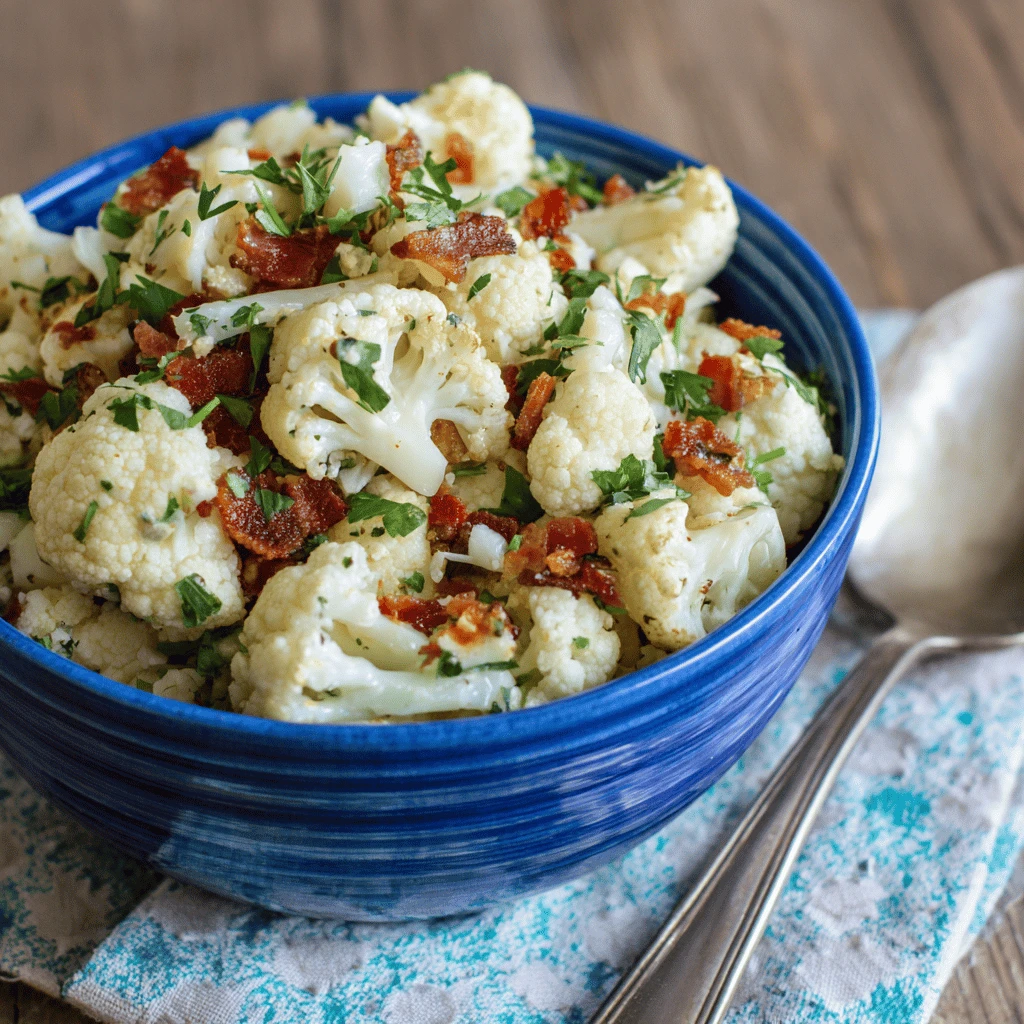Budget Low Carb Cauliflower Salad
Cauliflower salad is a fantastic, healthy, and budget-friendly alternative to traditional potato salad, especially for those following a low-carbohydrate lifestyle. Packed with nutrients and surprisingly versatile, this dish can be customized to suit your taste preferences and dietary needs. This article will guide you through everything you need to know about making the perfect budget-friendly, low-carb cauliflower salad.
Why Choose Cauliflower Salad?
Cauliflower, often overlooked, is a nutritional powerhouse. It’s low in calories and carbohydrates, but high in fiber, vitamins, and minerals. This makes it an excellent choice for those looking to reduce their carbohydrate intake, manage their weight, or simply incorporate more vegetables into their diet. Here are some key benefits:
- Low Carb: Cauliflower is naturally low in carbohydrates, making it a perfect substitute for potatoes in salads. This is particularly beneficial for individuals following ketogenic or other low-carb diets.
- Nutrient-Rich: Cauliflower is a good source of Vitamin C, Vitamin K, folate, and fiber. These nutrients contribute to overall health and well-being.
- Budget-Friendly: Cauliflower is generally an affordable vegetable, especially when in season. This makes it a great option for budget-conscious individuals.
- Versatile: Cauliflower has a mild flavor that readily absorbs the flavors of other ingredients. This allows for endless customization and experimentation.
- Textural Appeal: When prepared correctly, cauliflower can mimic the texture of potatoes in salad, offering a satisfying and familiar mouthfeel.
Creating the Perfect Budget-Friendly Low Carb Cauliflower Salad
The key to a delicious cauliflower salad is in the preparation and ingredients. Here’s a step-by-step guide to crafting your own masterpiece.
Choosing Your Cauliflower
Selecting the right cauliflower is crucial. Look for a head that is firm, heavy for its size, and has tightly packed florets. Avoid cauliflower with brown spots or a loose, open head. Fresh cauliflower will have a mild, slightly sweet aroma. You can use either white or colored cauliflower (purple, orange, or green) for variety, but white cauliflower is the most common and readily available.
Preparing the Cauliflower
Proper preparation is essential for achieving the right texture in your cauliflower salad.
1. Washing: Rinse the cauliflower thoroughly under cold water to remove any dirt or debris.
2. Cutting: Trim away the outer leaves and cut the cauliflower into bite-sized florets. Aim for uniform sizes to ensure even cooking.
3. Cooking: There are several ways to cook cauliflower for salad:
Boiling: Place the florets in a pot of boiling water and cook for 5-7 minutes, or until tender-crisp. Be careful not to overcook, as the cauliflower will become mushy. Drain well and allow to cool completely.
Steaming: Steaming is a gentler method that helps retain more nutrients. Steam the florets for 8-10 minutes, or until tender-crisp.
Roasting: Roasting adds a delicious nutty flavor to the cauliflower. Toss the florets with olive oil, salt, and pepper, and roast at 400°F (200°C) for 20-25 minutes, or until tender and slightly browned.
Microwaving: Place the florets in a microwave-safe bowl with a tablespoon of water. Cover and microwave on high for 4-6 minutes, or until tender-crisp.
Essential Ingredients for a Flavorful Salad
While cauliflower forms the base, the other ingredients elevate the salad to a whole new level. Here are some budget-friendly and flavor-enhancing options:
- Mayonnaise: A classic ingredient for creamy salads. Opt for a full-fat mayonnaise for the best flavor and texture, or consider using avocado mayonnaise for a healthier alternative. You can also mix mayonnaise with Greek yogurt to reduce the calorie count and add a tangy flavor.
- Dijon Mustard: Adds a zesty kick and complements the creaminess of the mayonnaise.
- Celery: Provides a refreshing crunch and subtle flavor.
- Onion (Red or Green): Adds a sharp, pungent flavor. Red onion offers a stronger flavor, while green onion is milder.
- Hard-Boiled Eggs: Contributes protein and a creamy texture.
- Bacon or Ham (Optional): Adds a smoky, savory flavor. Cooked bacon crumbles or diced ham are both excellent choices. Consider using plant based bacon alternatives.
- Cheese (Optional): Cheddar cheese, Monterey Jack, or crumbled feta cheese can add richness and flavor.
- Pickles or Relish: Adds a tangy, sweet-and-sour flavor. Dill pickles, sweet pickles, or pickle relish are all great options.
- Seasonings: Salt, pepper, garlic powder, onion powder, paprika, and fresh herbs (such as parsley or dill) can be used to enhance the flavor of the salad.
Putting It All Together
Once you have prepared your cauliflower and assembled your ingredients, it’s time to create your masterpiece.
1. Combine the Ingredients: In a large bowl, combine the cooked cauliflower florets, mayonnaise, Dijon mustard, celery, onion, hard-boiled eggs, and any other desired ingredients.
2. Season to Taste: Season with salt, pepper, and other seasonings as needed. Be sure to taste and adjust the seasonings to your liking.
3. Mix Gently: Gently mix all the ingredients together until well combined. Avoid overmixing, as this can cause the cauliflower to break down.
4. Chill: Cover the bowl and refrigerate the salad for at least 30 minutes to allow the flavors to meld. Chilling also helps to firm up the salad.
5. Serve: Serve the cauliflower salad cold as a side dish, appetizer, or light meal. Garnish with fresh herbs, paprika, or a sprinkle of cheese for added visual appeal.
Variations and Customization
One of the best things about cauliflower salad is its versatility. Here are some variations and customization ideas to inspire you:
- Spicy Cauliflower Salad: Add a pinch of cayenne pepper, a dash of hot sauce, or some chopped jalapeños for a spicy kick.
- Mediterranean Cauliflower Salad: Add chopped cucumber, tomatoes, Kalamata olives, and feta cheese for a Mediterranean-inspired flavor.
- Mexican Cauliflower Salad: Add black beans, corn, avocado, and a lime-cilantro dressing for a Mexican twist.
- Vegan Cauliflower Salad: Use vegan mayonnaise, plant-based bacon alternatives, and nutritional yeast for a cheesy flavor to create a vegan-friendly version.
- Herbed Cauliflower Salad: Add fresh herbs such as dill, parsley, chives, or thyme for a more herbaceous flavor.
- Cauliflower “Potato” Salad: Use a combination of cooked cauliflower and radishes to mimic the texture of potato salad.
- Buffalo Cauliflower Salad: Use buffalo wing sauce and crumbled blue cheese for a spicy and tangy flavor.
Tips for Success
To ensure your cauliflower salad is a success, keep these tips in mind:
- Don’t Overcook the Cauliflower: Overcooked cauliflower will be mushy and unappetizing. Aim for a tender-crisp texture.
- Cool the Cauliflower Completely: Allow the cooked cauliflower to cool completely before adding it to the salad. This will prevent the mayonnaise from melting and ensure a better texture.
- Taste and Adjust Seasonings: Always taste and adjust the seasonings to your liking. Salt, pepper, and other spices can make a big difference in the overall flavor of the salad.
- Don’t Overmix: Overmixing can cause the cauliflower to break down and become mushy. Mix gently until all the ingredients are combined.
- Chill Before Serving: Chilling the salad allows the flavors to meld and improves the texture.
- Store Properly: Store leftover cauliflower salad in an airtight container in the refrigerator for up to 3-4 days.
Frequently Asked Questions (FAQ)
Here are some common questions about making cauliflower salad:
-
- Can I freeze cauliflower salad?
No, it is not recommended to freeze cauliflower salad. The mayonnaise and other ingredients can separate and become watery when thawed, resulting in a poor texture.
-
- How long does cauliflower salad last in the refrigerator?
Cauliflower salad can last for up to 3-4 days in the refrigerator, as long as it is stored in an airtight container.
-
- Can I make cauliflower salad ahead of time?
Yes, you can make cauliflower salad ahead of time. In fact, it often tastes better after it has had time to chill and the flavors have melded.
-
- What can I serve with cauliflower salad?
Cauliflower salad can be served as a side dish with grilled meats, fish, or poultry. It can also be served as an appetizer or light meal on its own.
-
- Can I use frozen cauliflower for cauliflower salad?
While fresh cauliflower is preferable, you can use frozen cauliflower in a pinch. Be sure to thaw it completely and drain any excess water before using it in the salad. Also, make sure to cook it lightly, as it will already be partially cooked.
-
- Is cauliflower salad healthy?
Yes, cauliflower salad can be a healthy option, especially when compared to traditional potato salad. Cauliflower is low in carbohydrates and calories, and high in fiber and nutrients. However, the healthfulness of the salad will depend on the other ingredients used. Choose healthy fats, lean proteins, and plenty of vegetables to create a nutritious and balanced salad.
-
- What can I use instead of mayonnaise in cauliflower salad?
If you're looking for a lighter or healthier alternative to mayonnaise, you can use Greek yogurt, avocado mayonnaise, or a combination of both. You can also create a vinaigrette-based dressing using olive oil, vinegar, and seasonings.
-
- How can I prevent cauliflower salad from becoming watery?
To prevent cauliflower salad from becoming watery, be sure to drain the cooked cauliflower well and allow it to cool completely before adding it to the salad. You can also pat the cauliflower dry with paper towels to remove any excess moisture. Avoid overmixing the salad, as this can cause the cauliflower to release water.
By following these tips and guidelines, you can create a delicious and budget-friendly low-carb cauliflower salad that everyone will enjoy. Experiment with different ingredients and flavors to find your perfect combination!




